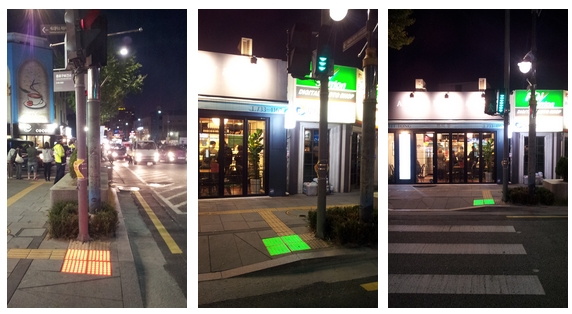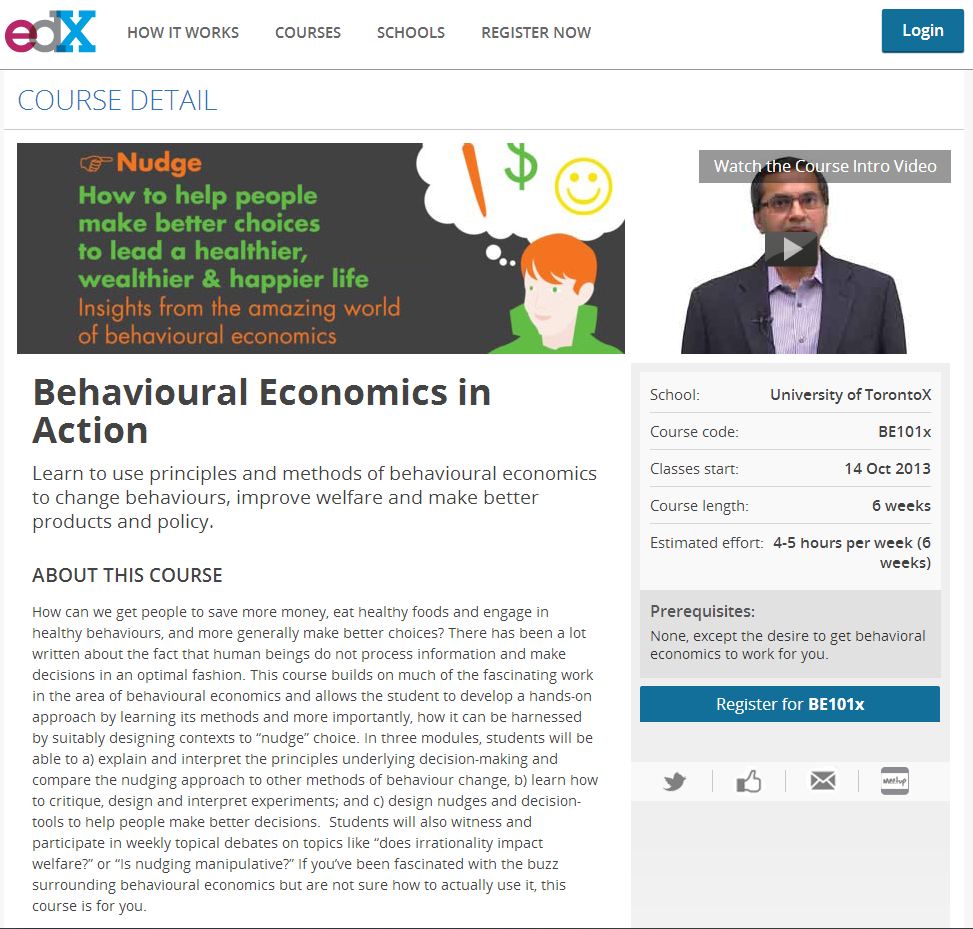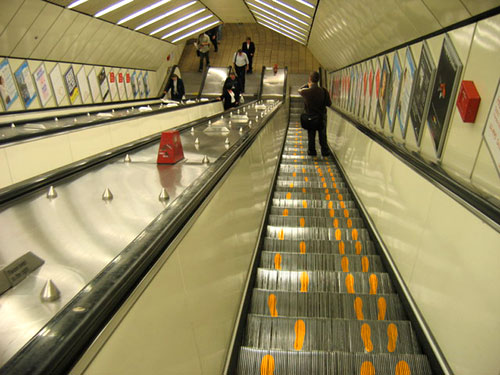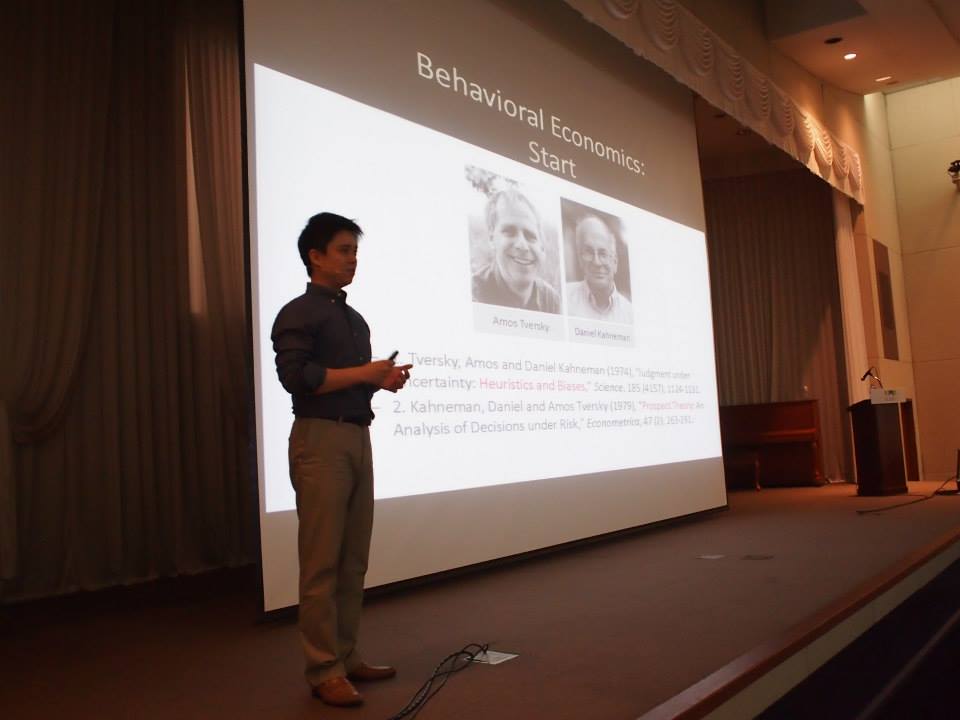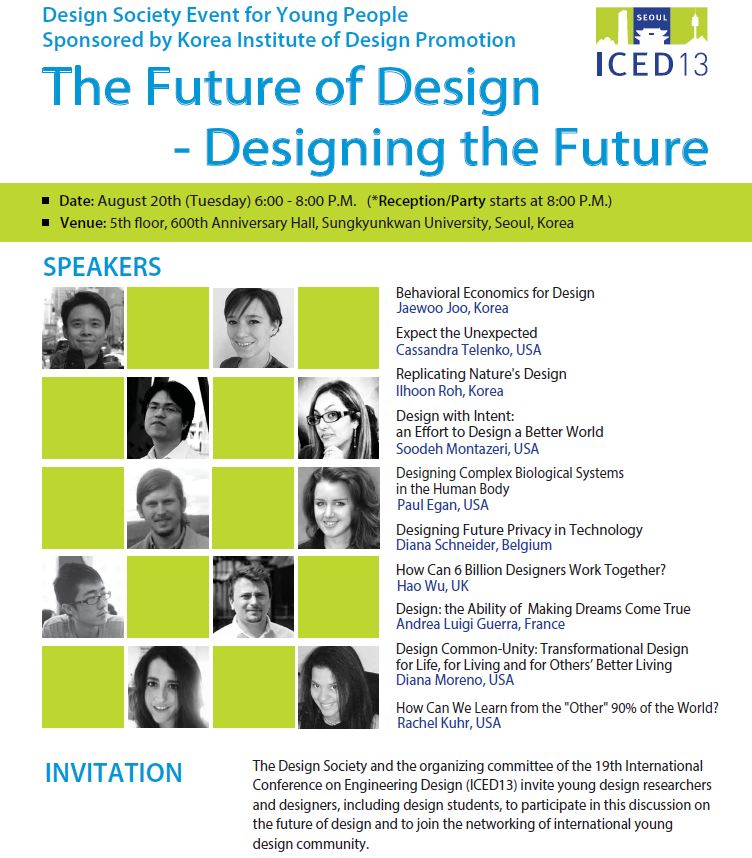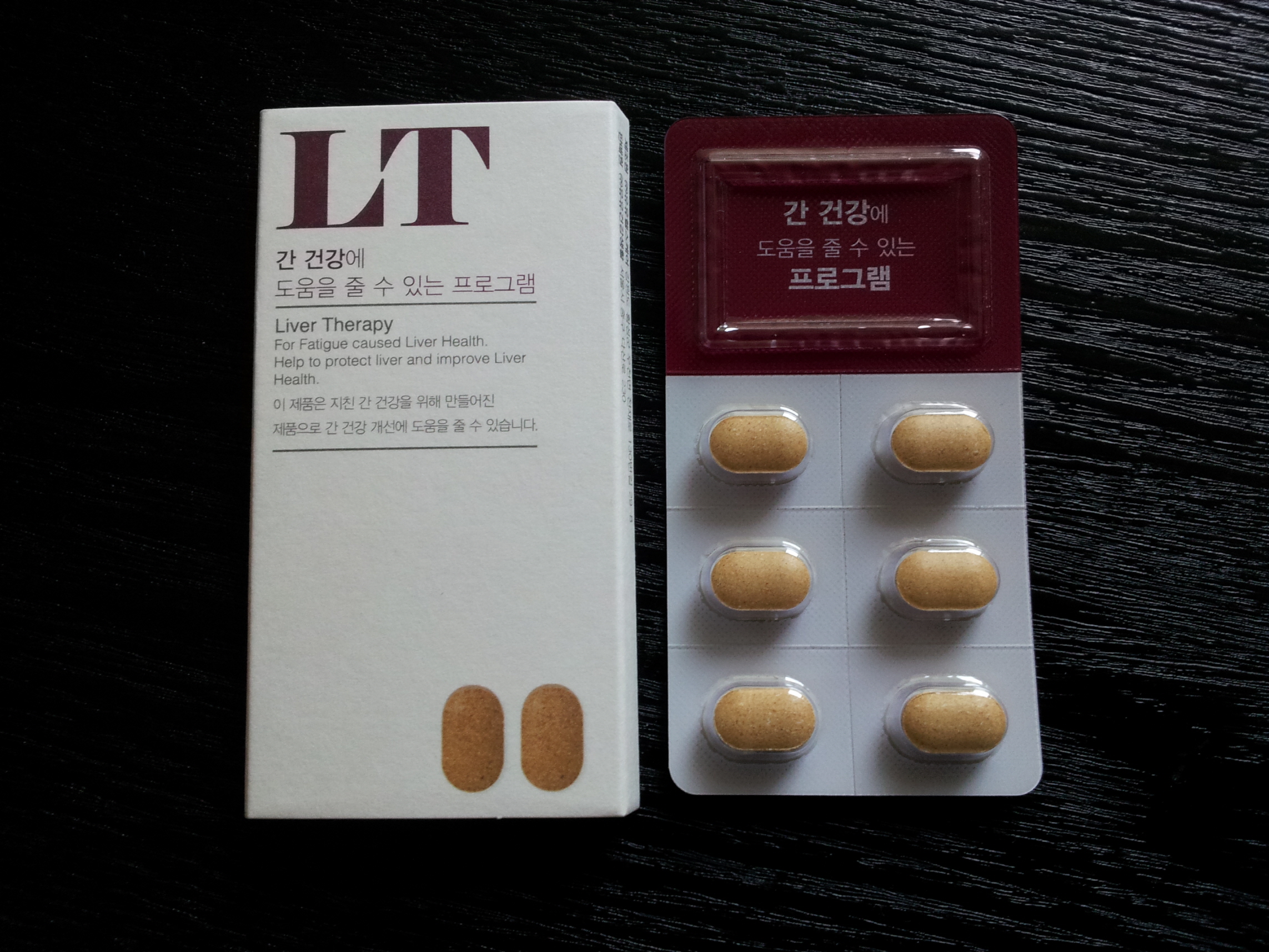Changing behavior is important but challenging. Thus, it attracts huge attention among practitioners as well as researchers. For instance, Charles Duhigg introduced various examples in his book, The Power of Habit: Why We Do What We Do in Life and Business. Professor BJ Fogg at Stanford University proposed a behavior change model at the Persuasive Technology Lab. Designers graduating from the ID, Illinois Institute of Technology summarized the mechanisms and tools on their website, Brains Behavior and Design Group. Most recently, Professor Dilip Soman at University of Toronto teaches Behavioral Economics in Action at his online course.

For me, I have long wished to be ambidextrous. In Asia, however, using left hand to do something (e.g., eating, writing, pointing, etc.) is not viewed appropriate and I had no chance to practice my left hand. Therefore, I have experimented myself since when I left for Canada whether I can practice my left hand so that it performs as well as my right hand does.
Brushing teeth with my left hand was relatively easy at night. However, doing so in the morning was extremely challenging. Although I have brushed teeth with my left hand for the past 10 years, I often find myself brushing teeth with my right hand when I am sleepy or tired, which is often the case in the morning. Indeed, ten-year is not sufficient to master brushing teeth with my left hand probably because I did not stop brushing teeth with my right hand.
I had different experience regarding controlling the computer mouse. Certainly, using mouse with my left hand was very challenging in the first couple of years. However, 3-year of intensive practice paid me off. I could click, drag, and drop icons using my left hand without noticing that I did so with my left hand. This habit relieves the shoulder pain and I can work longer than before. Three-year was sufficient to master using the mouse with my left hand probably because I completely stopped using the mouse with my right hand.

I plan to start sketching/drawing with my left hand this year. Different from brushing teeth or controlling computer mouse, I have not drawn before. In other words, I have no habit to unlearn but need to develop a new habit only. I hope skipping the unlearning stage takes me less time/effort to master sketching with my left hand.










